WEC BoP: Is Austin favorable for outsiders?
Championship leader Ferrari and Sao Paulo winner Cadillac are once again the most heavily penalized by the latest WEC Bop. For them, this new round won’t be easy at all
We’re heading into the weekend where the WEC returns after the summer break, following the last round in Brazil two months ago. That race saw the Cadillac V-Series.R take a dominant win, with a strong performance from the Porsche 963 as well. In contrast, the Ferrari 499P—still leading the championship with 175 points—struggled due to a harsh BoP adjustment that made it the heaviest car on the grid.
And it will be the same story again at the American round: both Ferrari and Toyota will remain at 1069 kg, a weight that doesn’t help performance on a circuit like COTA, where agility is key through many fast corners. Cadillac and Porsche have been hit hardest in this WEC BoP update, gaining 19 kg and 12 kg respectively.
Power output below 250 km/h has also been tweaked. The Aston Martin, which lacks a hybrid system, retains its unchanged 520 kW. Porsche, on the other hand, loses 13 kW and now sits at 488 kW total. Once again, the Ferrari 499P is the least powerful on the grid with just 480 kW available.
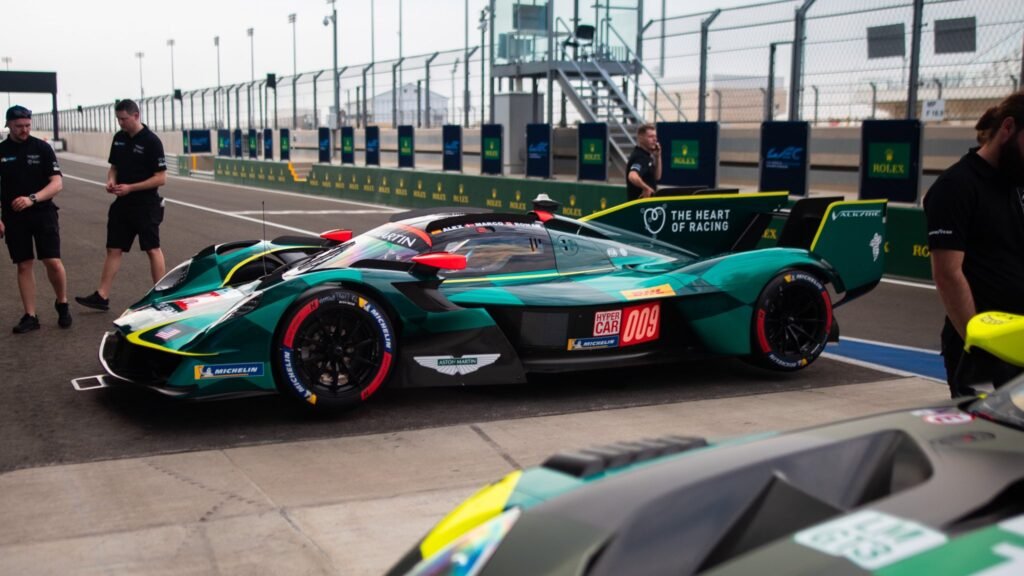
Looking at the raw numbers alone, Aston Martin and Peugeot clearly appear to have the most competitive cars in terms of performance. However, that doesn’t automatically make them favorites for the race in Austin. We saw in Brazil that, despite having similar BoP values, neither team truly shined.
But here’s the twist: with the added weight in this new BoP round, Porsche and Cadillac might suffer even more and risk losing ground further in the standings.
WEC Standings
WEC BoP Adjustements
Here is the updated Balance of Performance (BoP) for the Hypercar category at the 2025 Lone Star Le Mans at COTA, with comparisons to the 2025 6 Hours of São Paulo:
Minimum weight (kg):
- Alpine A424: 1052 kg (+1 kg)
- Aston Martin Valkyrie: 1030 kg (unchanged)
- BMW M Hybrid V8: 1056 kg (−2 kg)
- Cadillac V-Series.R: 1059 kg (+19 kg)
- Ferrari 499P: 1069 kg (unchanged)
- Peugeot 9X8: 1030 kg (unchanged)
- Porsche 963: 1065 kg (+12 kg)
- Toyota GR010: 1069 kg (unchanged)
Maximum power below 250 km/h (kW):
- Alpine: 506 kW (−6 kW)
- Aston Martin: 520 kW (unchanged)
- BMW: 497 kW (−8 kW)
- Cadillac: 511 kW (−5 kW)
- Ferrari: 480 kW (unchanged)
- Peugeot: 520 kW (unchanged)
- Porsche: 488 kW (−13 kW)
- Toyota: 484 kW (−1 kW)
Power gain above 250 km/h:
- Alpine: −4.5% / +1.0%
- Aston Martin: 0.0%
- BMW: +1.0% / +1.4%
- Cadillac: +0.9% / −0.8%
- Ferrari: 4.8% / −0.8%
- Peugeot: −7.3% / −1.3%
- Porsche: 2.9% / +2.5%
- Toyota: 7.4% / +0.2%
Maximum stint energy (MJ):
- Alpine: 890 MJ (−2 MJ)
- Aston Martin: 918 MJ (−1 MJ)
- BMW: 899 MJ (−5 MJ)
- Cadillac: 902 MJ (−2 MJ)
- Ferrari: 890 MJ (−3 MJ)
- Peugeot: 895 MJ (−2 MJ)
- Porsche: 901 MJ (−4 MJ)
- Toyota: 901 MJ (−2 MJ)
FIA WEC Website: https://www.fiawec.com/en/
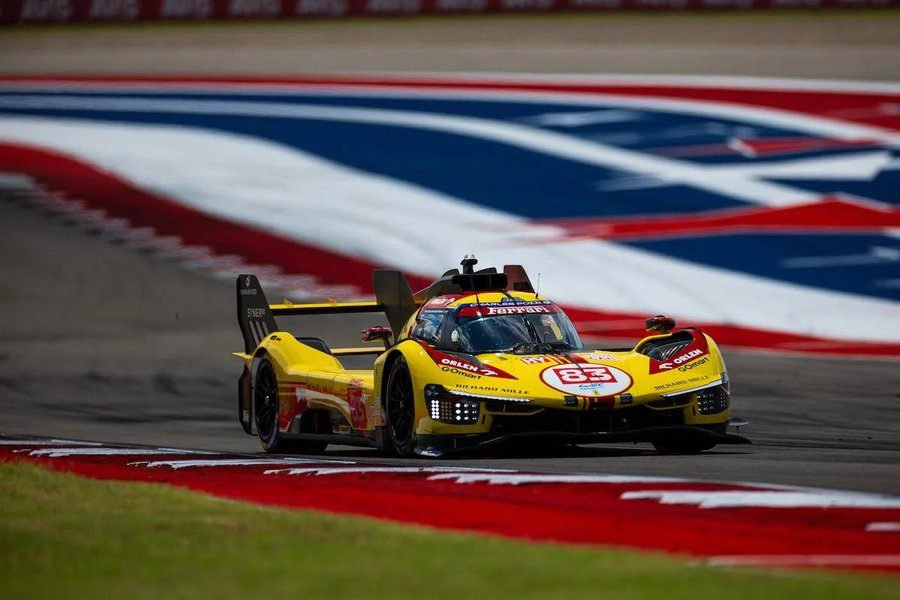

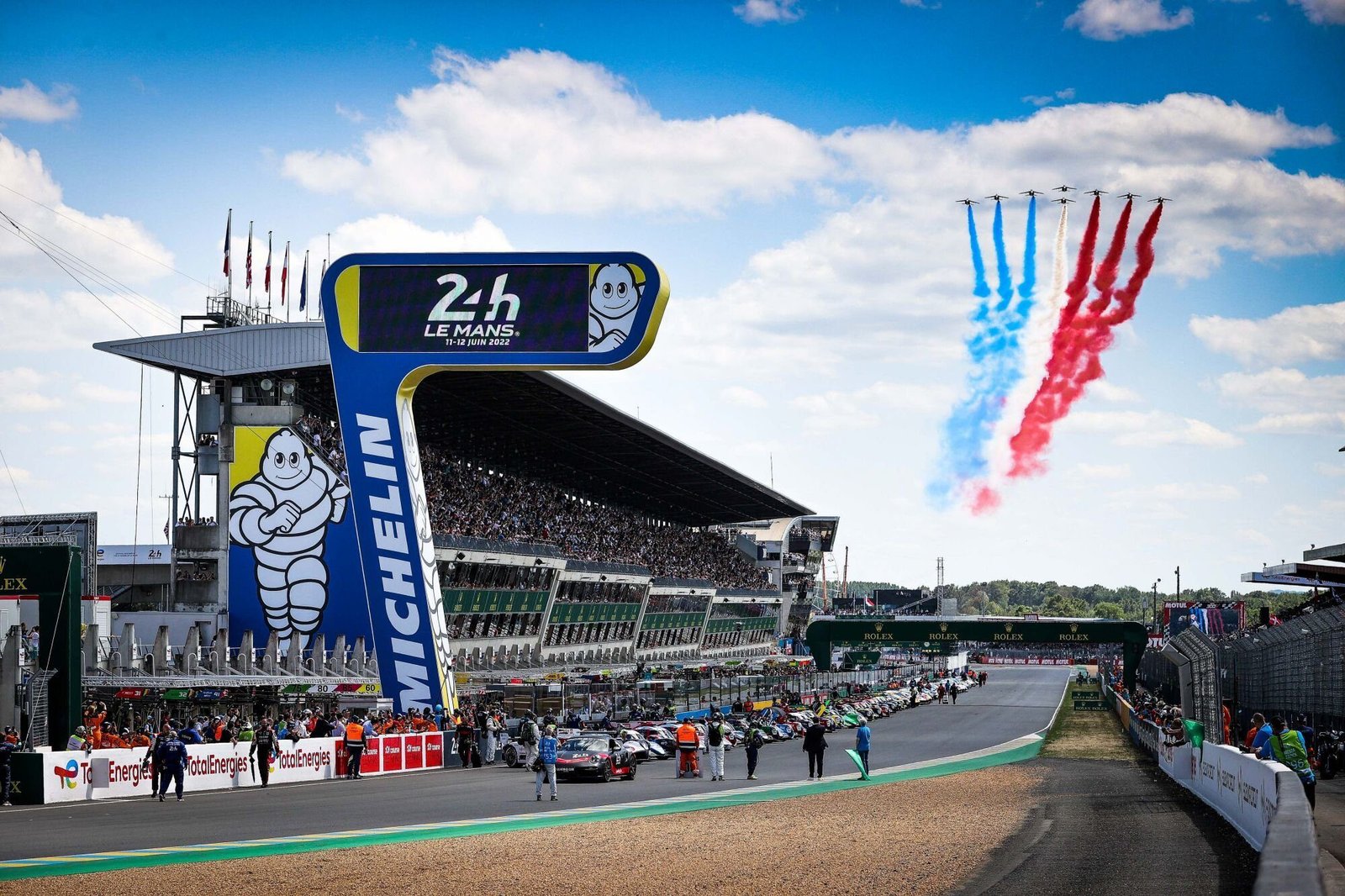

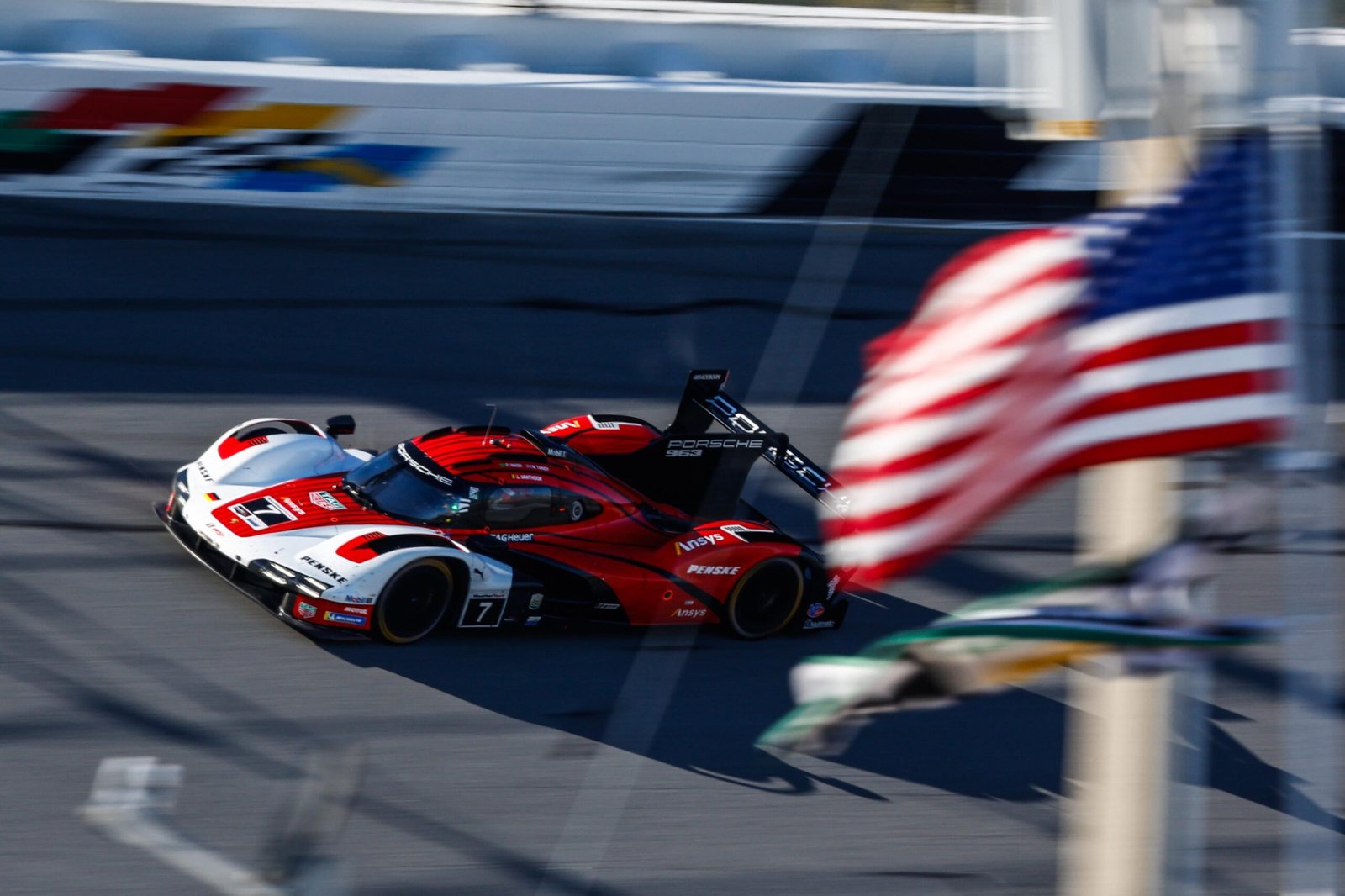


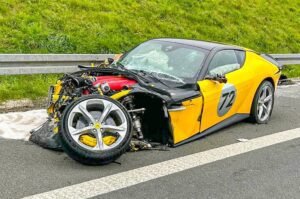


Post Comment